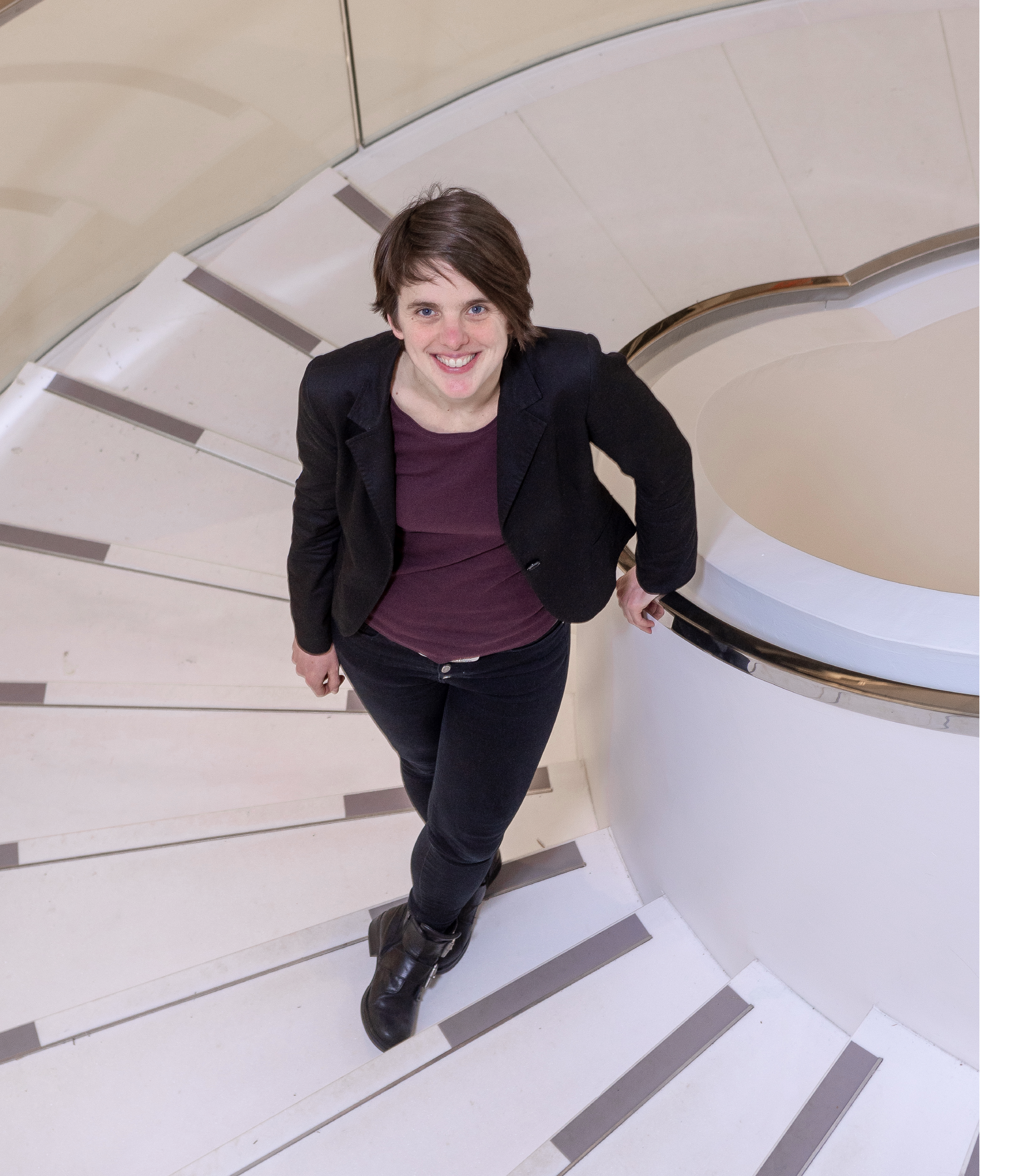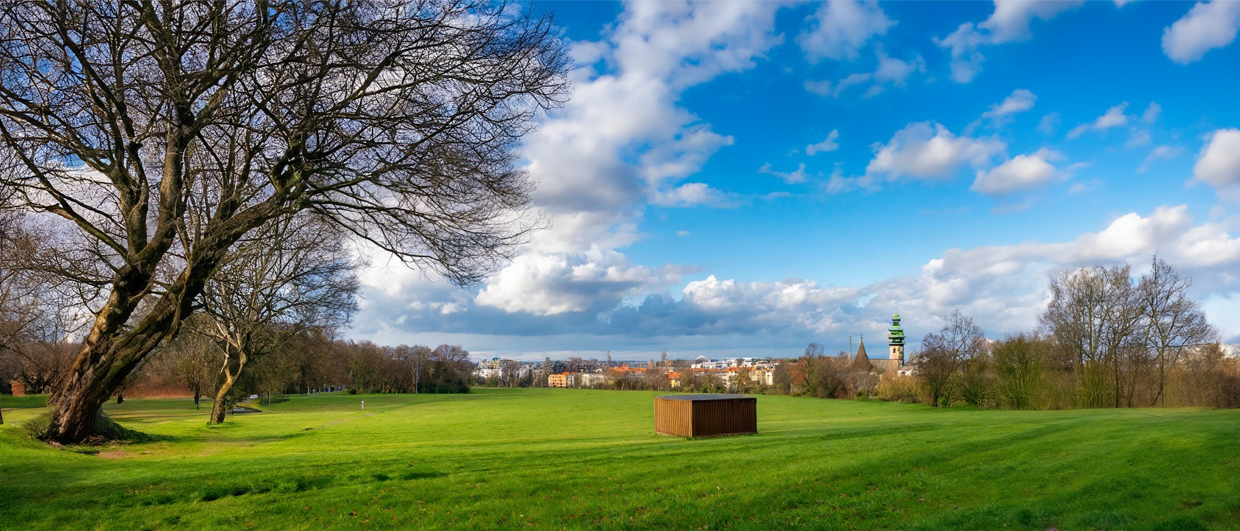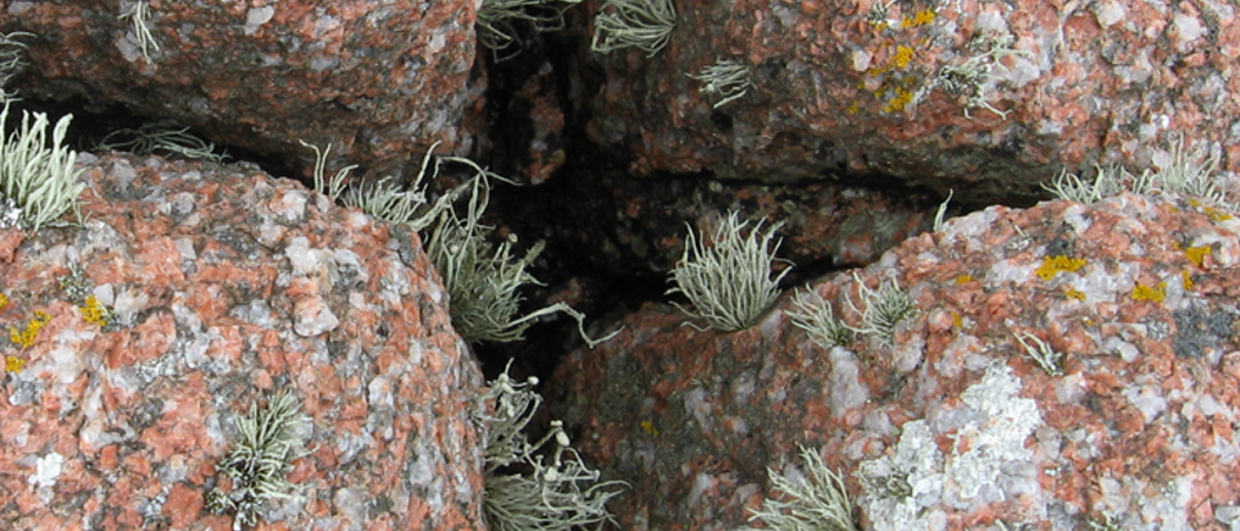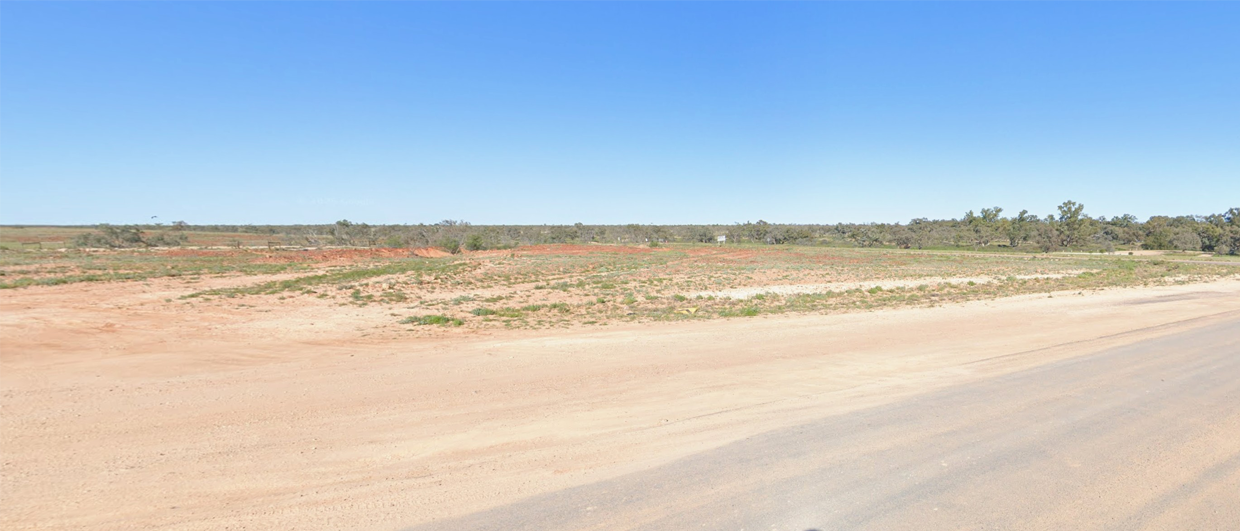
“Let’s put it this way,” says Elsemiek Croese from Microbial Analysis, “one of the key ingredients of life is water. In that light, it is no surprise to see that geothermal projects are sensitive to developing issues like biological clogging or microbial induced corrosion (MIC) when it comes to bacterial growth. Maybe even more so than in oil and gas.”
That’s not to say the issue doesn’t exist in oil and gas. Especially in projects that experience an increase in water cuts or where water injection is taking place, the same issues related to biofilms or MIC can occur. “We have seen oil and gas projects where no bacterial problems existed, but when water injection starts or water-cut ramps up, the first problems arise,” explains Elsemiek.
Elsemiek Croese, who is a senior project manager with Microbial Analysis in Groningen, the Netherlands, is a microbiologist with a passion for everything that comes with bacterial life and how they work under stressed conditions. In her day job, she is involved with many geothermal but also oil and gas projects that experience challenges due to bacterial activity. Based on her eleven years with the company, she has some more interesting insights to share, for instance about the presence of bacterial life in the subsurface.
“It will be very hard, if not impossible, to claim that a geothermal system will be devoid of bacterial life,” Elsemiek says, “unless you operate at temperatures exceeding 121° C, beyond which very little survives. But when you look at the low enthalpy geothermal projects that are characteristic of Western Europe, with temperatures often below 100° C, we have found that bacteria or their spores are consistently present in produced water. It’s true, the optimum temperature for most bacteria is 20 – 37° C, but certain species tolerate higher ranges, and we also see that there is an element of adaptation when exposed to higher ranges.”
ADDING WATER
Unrelated to geothermal, Elsemiek has direct experience with another example of adding water in a fossil fuel environment. “Diesel is required to have a percentage of bio-diesel mixed in these days,” she explains. “This bio-diesel contains more water, which in turn leads to more bacterial-induced corrosion in storage tanks.” It is a clear example of how the energy transition comes with challenges in unexpected ways. Nobody wants leaking diesel tanks, but this has become more of a risk due to the addition of a more sustainable product.
And the challenge with geothermal systems is that the temperature of the produced fluid decreases as it makes its way through the network. That means bacteria have an opportunity to grow or settle in the temperature zone where they thrive best. “That is a challenge geothermal developers need to be aware of,” says Elsemiek. Especially when a project is at a standstill for a while, this creates even better conditions for biofilms to grow. “Luckily,” Elsemiek adds, “to avoid microbial related problems, there are more solutions than killing all microbes present in the system.”
When it comes to taking lessons from the oil and gas industry and applying these to geothermal, Elsemiek sees that there are still some barriers in place. “I have seen some examples where geothermal projects would clearly have benefitted from taking oil and gas guidelines into account when designing their infrastructure. I believe that there is more scope for cross-fertilisation in that respect,” she concludes.





